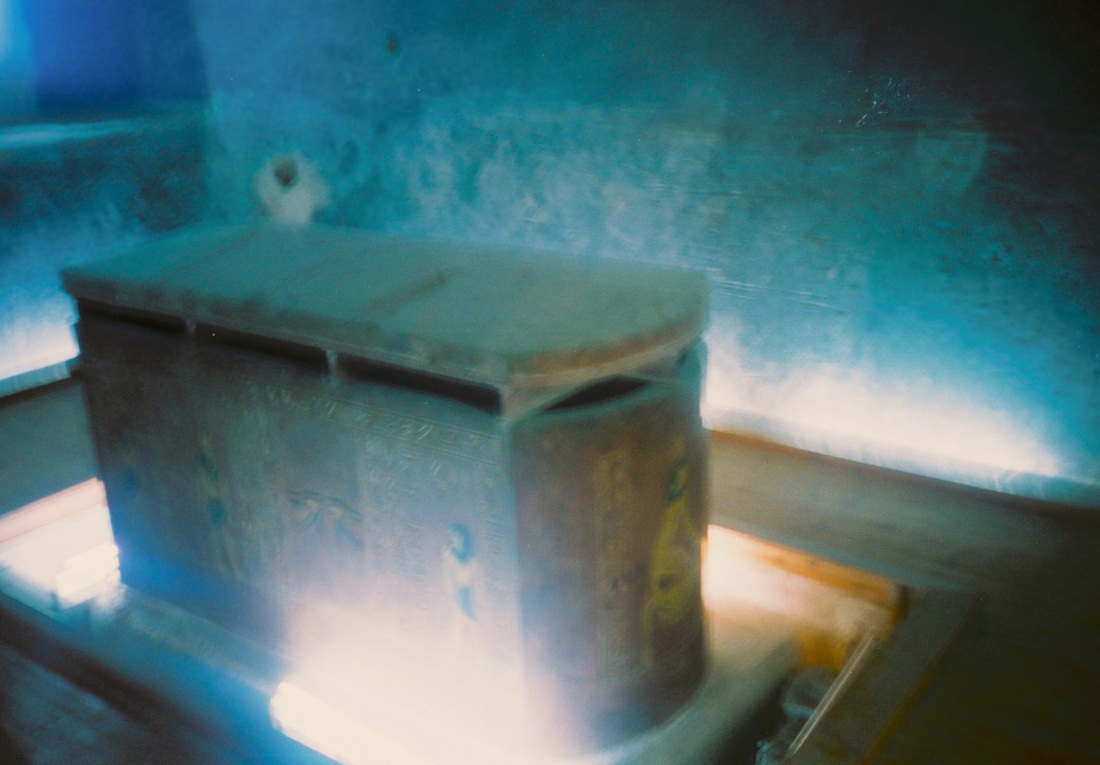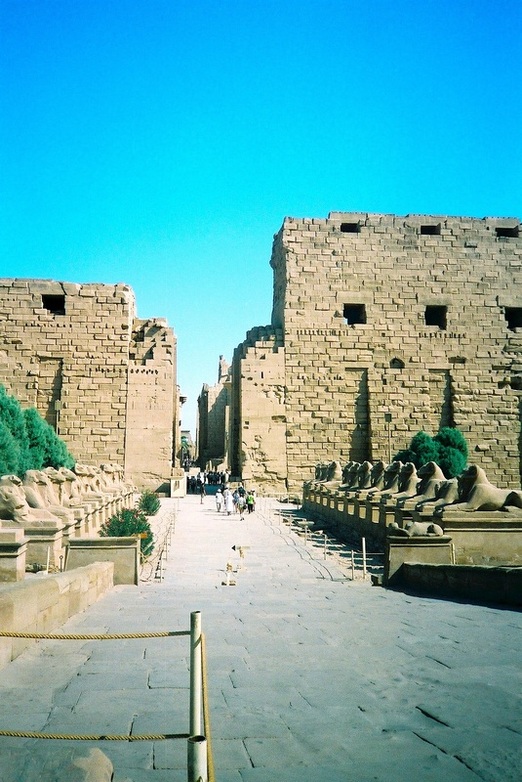The Valleys of the Kings and Queens are both located a short felluca ride across the Nile from the city of Luxor, Egypt. This is where the Royal family members had their mummified bodies enclosed in sarcophaguses, with the stories of their lives and their dynasties inscribed on the walls leading down to their final resting place. It is a place of incredible sacred significance, for Egyptians, historians and archeologists alike.
Pictured above is the tomb of king Ramses IV. His tomb is one of the most well preserved in all the valley, as it was not found by tomb raiders over the past centuries. Most artifacts have been relocated to museums by the Egyptian government, though the paint on the walls and the tomb still have a preserved fresh appearance as if they were done yesterday (don't worry, it's authentic).
*Please Note: You will not be allowed to take flash photography in this tomb, as the brightness of the flash can cause the paint to fade. That would be a real bummer, after 2000 years of preservation, to have a few flashes ruin it for visitors in the next 2000!
Pictured above is the tomb of king Ramses IV. His tomb is one of the most well preserved in all the valley, as it was not found by tomb raiders over the past centuries. Most artifacts have been relocated to museums by the Egyptian government, though the paint on the walls and the tomb still have a preserved fresh appearance as if they were done yesterday (don't worry, it's authentic).
*Please Note: You will not be allowed to take flash photography in this tomb, as the brightness of the flash can cause the paint to fade. That would be a real bummer, after 2000 years of preservation, to have a few flashes ruin it for visitors in the next 2000!


 RSS Feed
RSS Feed

